-
Eglington, Judith (b.1945, Montreal)
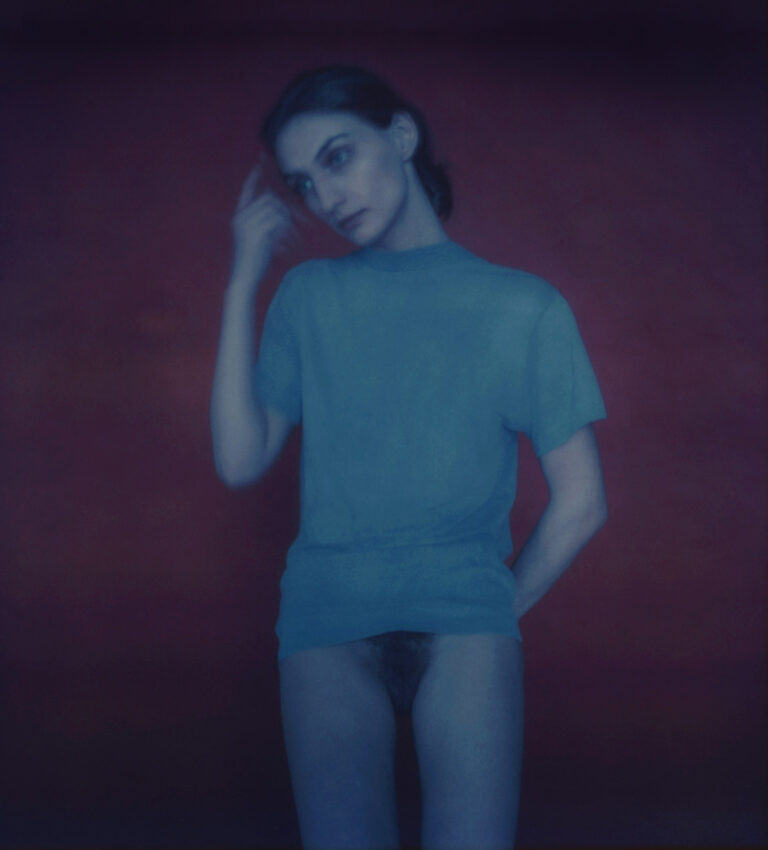
Eglington is a photographer and filmmaker who studied art in Montreal and film in Vancouver. Her photographs are often Surrealist-inspired, as in the series Earth Visions, 1973, in which figures’ heads morph in relation to their environments. She contributed to B.C. Almanac(h) C-B, a project commissioned by the National Film Board of Canada (NFB) and coordinated by Michael de Courcy, and which aspired to capture West Coast life in the 1970s. She is also known for her work with SX-70 Polaroid images in the early 1970s and Athletes of the XXI Olympiad, 1976, which was part of the NFB’s Photo 77 exhibition (1977).
Image: Judith Eglington, Untitled, n.d., Polaroid SX-70 film, 7.8 x 7.9 cm.
For further reading, see:
Cousineau-Levine, Penny. Faking Death: Canadian Art Photography and the Canadian Imagination. Montreal and Kingston: McGill-Queen’s University Press, 2003, 208, 235.
Eglington, Judith. Earth Visions. Victoria: Martlet Press, 1973.
Langford, Martha. “Calm, Cool, and Collected: Canadian Multiculturalism (Domestic Globalism) through a Cold War Lens.” Visual Studies 30, no. 2 (2015): 178.
Presentation House Gallery. B.C. Almanac(h) C-B. North Vancouver: Presentation House Gallery, 2015.

-
Ellisson, George William (1827–c.1879)
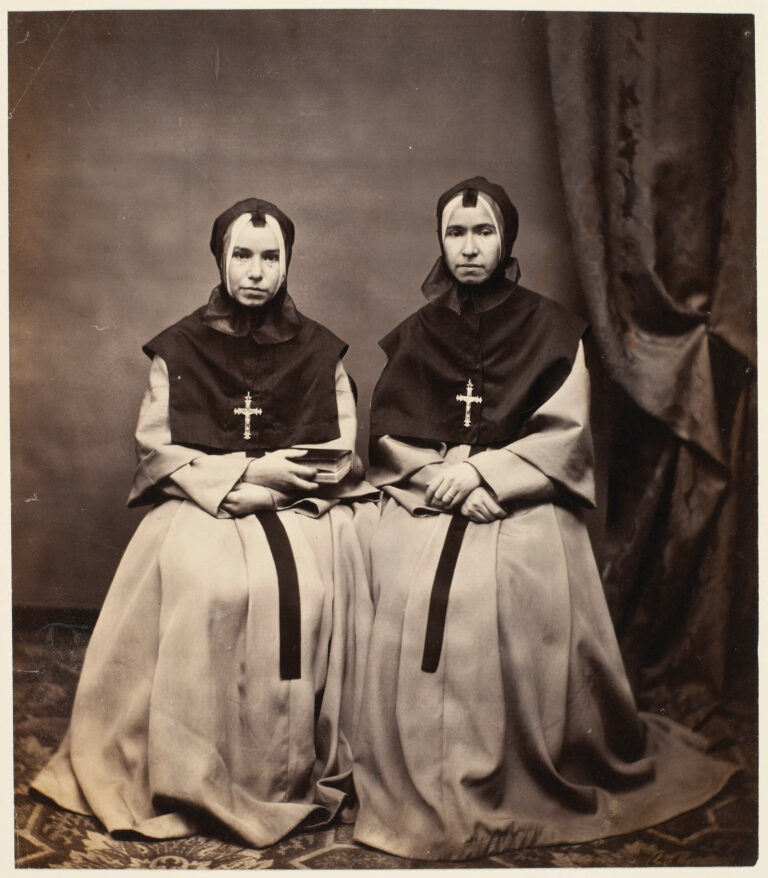
Ellisson (also spelled Ellison) was active first in Saint John, New Brunswick, and then in Quebec City between the late 1840s and 1860s. He started as a daguerreotypist and then turned to the wet collodion process to make ambrotypes, cartes-de-visite, and other formats. He made portraits of members of the Grey Nuns of Montreal and prominent figures, including Indigenous leader Paul Tahourencheé and Canada’s first prime minister, Sir John A. Macdonald, and photographed views of Quebec City, which were sold as stereographs.
Image: George William Ellisson, Grey Nuns, 1861, albumen silver print, 20.2 x 17.6 cm, National Gallery of Canada, Ottawa.
For further reading, see:
Garrett, Graham. Biographical Index of Daguerreotypists in Canada, 1839–1871. Toronto: Archive CD Books Canada, 2017, 108–9.
Lessard, Michel. The Livernois Photographers. Quebec City: Musée du Québec, 1987, 56–58, 67.

-
Esson, James (1853, Preston [Cambridge], Ontario–1933, Toronto)
![Esson, James (1853, Preston [Cambridge], Ontario–1933, Toronto)](https://www.aci-iac.ca/wp-content/uploads/2023/05/james-esson-glimpses-of-toronto-normal-school-768x427.jpg)
Esson learned photography from his father, George, who operated a daguerreotype studio in Preston, Ontario (now Cambridge). In 1883 James opened a successful photography studio, the Atelier, which served notable clients likely drawn to his artistic approach and use of natural light. Esson travelled across North America creating hundreds of stereoscopic views and is credited as one of the first Canadian photographers to produce what were called “Stereoscopic Gems.”
Image: James Esson, Glimpses of Toronto, “Normal School,” late nineteenth century, albumen silver print, Toronto Public Library.
For further reading, see:
Greenhill, Ralph. Early Photography in Canada. Toronto: Oxford University Press, 1965, 45, 48.
Schwartz, Joan. “Double Vision: The Stereo Views of James Esson.” Photo Communiqué 1, no. 1 (March/April 1979).
———. “James Esson.” The Canadian Encyclopedia. Last edited March 4, 2015. thecanadianencyclopedia.ca/en/article/james-esson.
![Esson, James (1853, Preston [Cambridge], Ontario–1933, Toronto)](https://www.aci-iac.ca/wp-content/uploads/2023/05/james-esson-glimpses-of-toronto-normal-school-768x427.jpg)
-
Erb, Isaac (1846, King’s County, New Brunswick–1924, Saint John, New Brunswick)
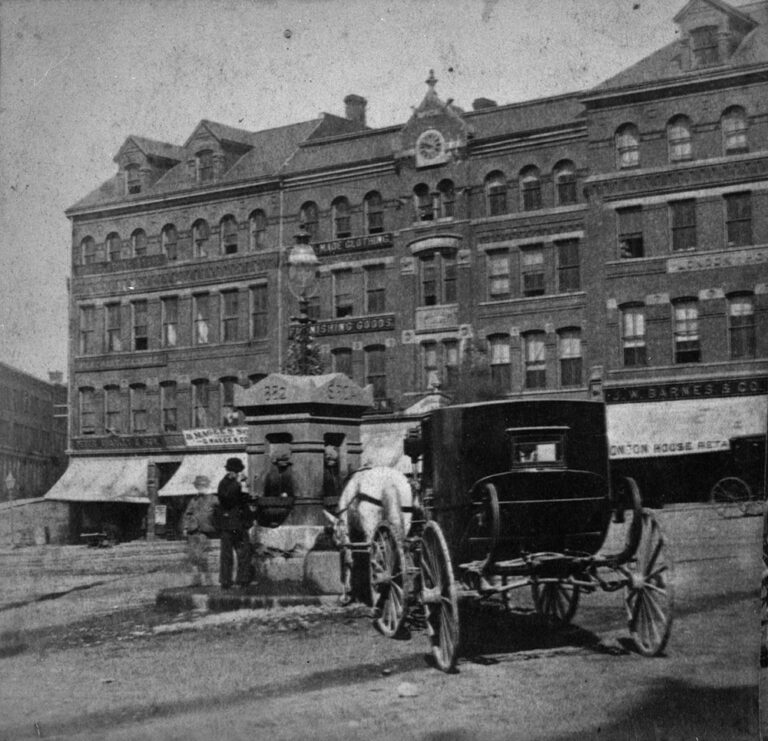
Erb grew up in rural New Brunswick and opened a studio in Saint John in 1877, which he ran until his death. His services were always relatively inexpensive, and so the thousands of photographs he produced in almost fifty years offer a unique record of late nineteenth-century and early twentieth-century life in the Maritimes, from records of businesses and celebrations to street portraits of working-class people. Three thousand of Erb’s plates are held in the Provincial Archives of New Brunswick.
Image: Isaac Erb, Market Square, 1885, gelatin silver print, 16 x 7.8 cm; on mount 17.5 x 8.6 cm, Library and Archives Canada, Ottawa.
For further reading, see:
Kelly, Grant D., and Elizabeth Suzanne McCluskey. Saint John at Work and Play: Photographs by Isaac Erb, 1904–1924. Fredericton: Goose Lane Editions, 1998.

-
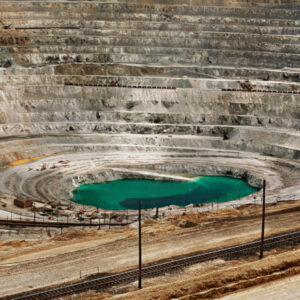 About the Authors
About the Authors
This book is written by art historians Sarah Bassnett and Sarah Parsons.
-
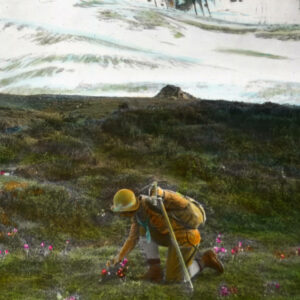 More Online Art Books
More Online Art Books
Read online or download the ACI’s incredible library of art books for free in French and English.
-
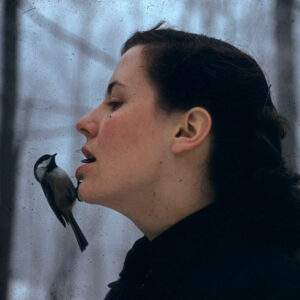 Preface
Preface
Photography has become so thoroughly integrated into our everyday experience that it may be hard to imagine life without it.
